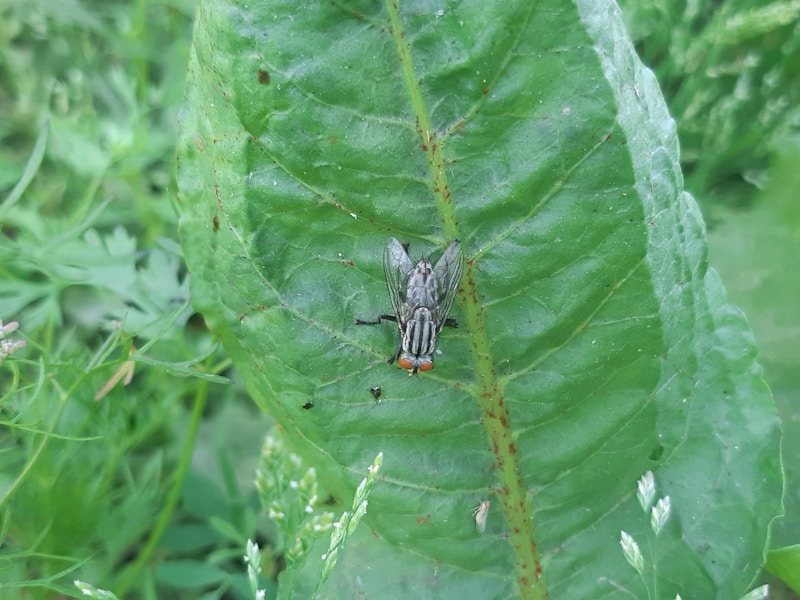10 Questions
What is the defining characteristic of hornworts?
Horn-like structures
In what type of habitats are hornworts commonly found?
Open areas with moist soils
How many species of hornworts are known?
Around 100
What contributes to the ability of hornworts to colonize open areas with moist soils?
Nitrogen-fixing cyanobacteria
What is the division to which hornworts belong?
Antherocerophyta
What is the main plant body structure of a hornwort?
Thallus-like and lacks true roots, stem, and leaves
How does a hornwort sporophyte differ from a liverwort or moss sporophyte?
It lacks a seta and consists only of a sporangium
What aids in the fixation of photosynthetic carbon in most hornworts?
Pyrenoids
How does a hornwort reproduce asexually under favorable conditions?
Through fragmentation
What is the mode of sexual reproduction in hornworts?
Antheridium and archegonium forming zygotes
Study Notes
Characteristics of Hornworts
- The defining characteristic of hornworts is the presence of horn-like sporophytes.
Habitat and Distribution
- Hornworts are commonly found in habitats with moist soils and open areas.
Diversity of Hornworts
- There are approximately 150-200 known species of hornworts.
Adaptations and Abilities
- The ability of hornworts to colonize open areas with moist soils is contributed by their ability to produce spores that can be dispersed by wind.
Classification and Taxonomy
- Hornworts belong to the division Anthocerotophyta.
Plant Body Structure
- The main plant body structure of a hornwort is a thallus, which is a non-vascular, flat, and undifferentiated structure.
Sporophyte Characteristics
- A hornwort sporophyte differs from a liverwort or moss sporophyte in that it is elongated and horn-like, and it grows from the central region of the thallus.
Photosynthesis
- The fixation of photosynthetic carbon in most hornworts is aided by the presence of Nostoc, a cyanobacterium that lives in symbiosis with the hornwort.
Asexual Reproduction
- Under favorable conditions, hornworts reproduce asexually through the production of gemmae, which are small, asexual reproductive structures that can develop into new plants.
Sexual Reproduction
- The mode of sexual reproduction in hornworts is through the production of spores, which are similar to those found in mosses and liverworts.
Test your knowledge on the Phylum Anthocerophyta (Hornworts) with questions covering the topic outline, mode of reproduction, sample species, and economic importance. Learn about the horn-like structures found in humid, damp, and shady areas, and the notable genera under Hornworts.
Make Your Own Quizzes and Flashcards
Convert your notes into interactive study material.




